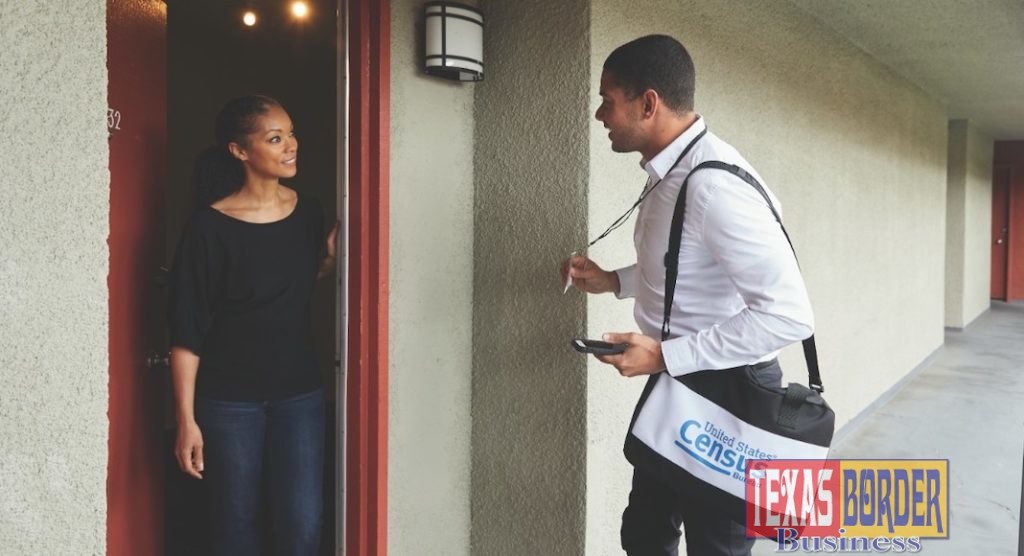
Texas Border Business
The U.S. Census Bureau today released the initial response rates for every state, county, and city across the nation – 16.7% of households have responded to the 2020 Census since invitations began arriving in mailboxes on March 12.
The 2020 Census response rate map shows how cities and towns across the country are now responding. The map will be updated daily for everyone to see the response rate in their area and compare it to other areas across the nation. The map also shows the comparable response rate from the 2010 Census for each geography.
Earlier this year, the Census Bureau released a downloadable toolkit to help local elected officials and community leaders plan 2020 Census response rate challenges to build awareness of the census and encourage people to respond. Users can compare their communities’ 2020 Census response rates to their 2010 Census rates to identify areas where they may need to remind people why it is so important to participate in the census.
In late February, the map launched with 2010 Census response rates as a reference point for states and cities, including down to the census tract level (areas with about 4,000 households). People can now view both 2010 and 2020 Census response rates on the map.
The map only includes data from households that respond to the census online, by phone or by mail and not those who are counted by a census taker in person. For example, the map does not reflect the people who are being counted through special operations, such as people living in group housing, transitory locations, or remote areas.
Other Map Highlights
- Daily updates to response rates for households that have responded to the 2020 Census online, by phone or by mail.
- The ability to search for response rates for states, cities, counties and census tracts from the 2010 Census and the 2020 Census and compare them in real time.
- A heat map color scheme to indicate locations that have higher rates of response.
- Background information and instructions for how to use the map and the data presented, including examples of response rate challenges.
- An embeddable widget that will allow Response Rate Challenge participants to include the map on their own websites if desired.
- Response rate data available in the public API.
Later, census takers will visit households that have not yet responded to collect their responses in person. The response rate map gives a preview of areas where census takers may need to follow up with more households if they do not respond online, by phone or by mail.
2020 Census Response Rate Challenge
To increase response to the 2020 Census across the country, the Census Bureau is challenging communities nationwide to complete the census online, by phone or by mail. The online toolkit includes ideas for community leaders to encourage people to beat their 2010 Census self-response rate.
It has never been easier to respond on your own, whether online, over the phone or by mail—all without having to meet a census taker.
The U.S. Constitution mandates a census of the population every 10 years. The goal of the 2020 Census is to count everyone who lives in the United States as of April 1, 2020 (Census Day). Census statistics are used to determine the number of seats each state holds in the U.S. House of Representatives and informs how billions of dollars in federal funds will be allocated by state, local and federal lawmakers annually for the next 10 years.
For more information, visit 2020census.gov.













